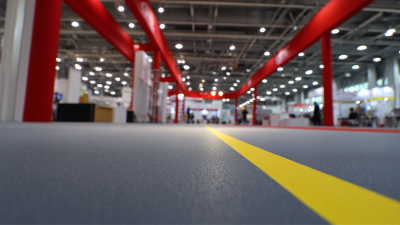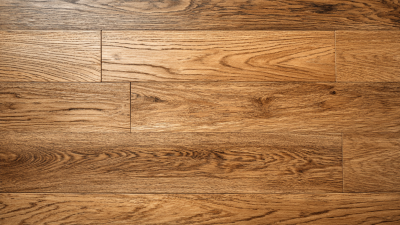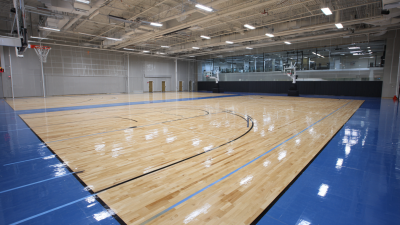
-
Home
-
About Us
-
Products
-
Solution
-
Accessories Service
-
Technicial Service
-
Additional Service
-
News
-
Blog
-
Contact Us
Leave Your Message

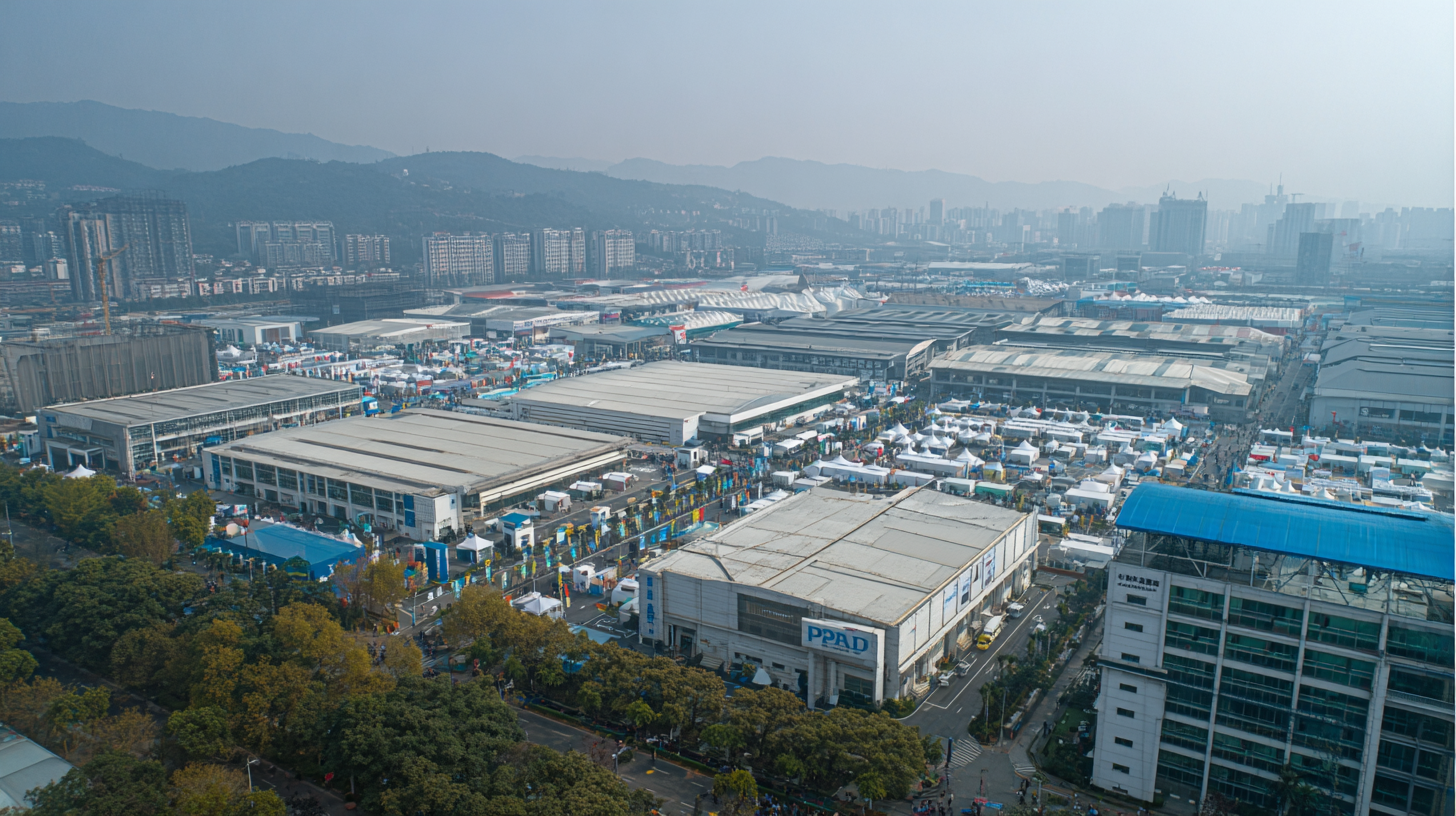 As we delve into the innovations displayed at the 138th Canton Fair in 2025, the spotlight on PVC flooring becomes increasingly prominent. Recent industry reports indicate that the global PVC floor market is projected to grow at a CAGR of 6.5% from 2020 to 2027, driven by rising construction activities and an escalating demand for durable and low-maintenance flooring solutions. China, being one of the largest producers, plays a critical role in this growth trajectory. The fair serves as a pivotal platform for manufacturers and innovators to showcase advancements in PVC floor technology, including eco-friendly formulations and enhanced designs that cater to diverse aesthetic and functional needs. The trends presented at this event will likely shape market dynamics, influencing both consumer preferences and investment strategies in the PVC flooring sector.
As we delve into the innovations displayed at the 138th Canton Fair in 2025, the spotlight on PVC flooring becomes increasingly prominent. Recent industry reports indicate that the global PVC floor market is projected to grow at a CAGR of 6.5% from 2020 to 2027, driven by rising construction activities and an escalating demand for durable and low-maintenance flooring solutions. China, being one of the largest producers, plays a critical role in this growth trajectory. The fair serves as a pivotal platform for manufacturers and innovators to showcase advancements in PVC floor technology, including eco-friendly formulations and enhanced designs that cater to diverse aesthetic and functional needs. The trends presented at this event will likely shape market dynamics, influencing both consumer preferences and investment strategies in the PVC flooring sector.
The 138th Canton Fair, taking place from October 15th to November 4th, 2025, is set to be a significant platform for exploring innovative trends in PVC flooring. As the industry evolves, new designs are emerging that emphasize versatility and sustainability. Reports indicate that the global PVC flooring market is expected to grow at a CAGR of 6% from 2021 to 2026, driven by the increasing demand for affordable and environmentally friendly flooring solutions. This growth reflects a shift towards materials that not only offer aesthetic appeal but also meet the standards of modern sustainability practices.
At the fair, manufacturers will showcase cutting-edge PVC flooring that incorporates advanced technologies, such as enhanced durability and improved resistance to wear and tear. Innovations in texture, color, and design will also be highlighted, catering to the diverse needs of both residential and commercial sectors. The integration of antimicrobial properties and easy maintenance features is becoming increasingly vital, responding to consumer demand in a post-pandemic world. Exhibitors from various regions will come together to share insights and best practices, underscoring the importance of collaboration in driving the industry forward.
The PVC flooring market is poised for significant growth, driven by various industry trends and evolving consumer preferences. As of 2023, the global vinyl flooring market size is projected to reach approximately USD 26.80 billion by 2025, with forecasts indicating it could soar to around USD 43.47 billion by 2034. This growth trajectory reflects an increasing demand for durable, cost-effective, and design-oriented flooring solutions that meet the needs of both residential and commercial sectors.
Recent reports also highlight parallel advancements in the PVC additives market, with expectations for a rise from USD 6.80 billion in 2024 to USD 9.62 billion by 2030. The increasing utilization of innovative plasticizers is shaping the development of flexible PVC and enhancing the sustainability of materials. Additionally, the resilience of PVC flooring options is becoming a focal point for builders and designers, emphasizing the industry's shift towards integrating aesthetic appeal with practical functionality. These trends underscore the dynamic potential of PVC flooring innovations, especially as the market prepares for showcases like the upcoming Canton Fair in 2025.
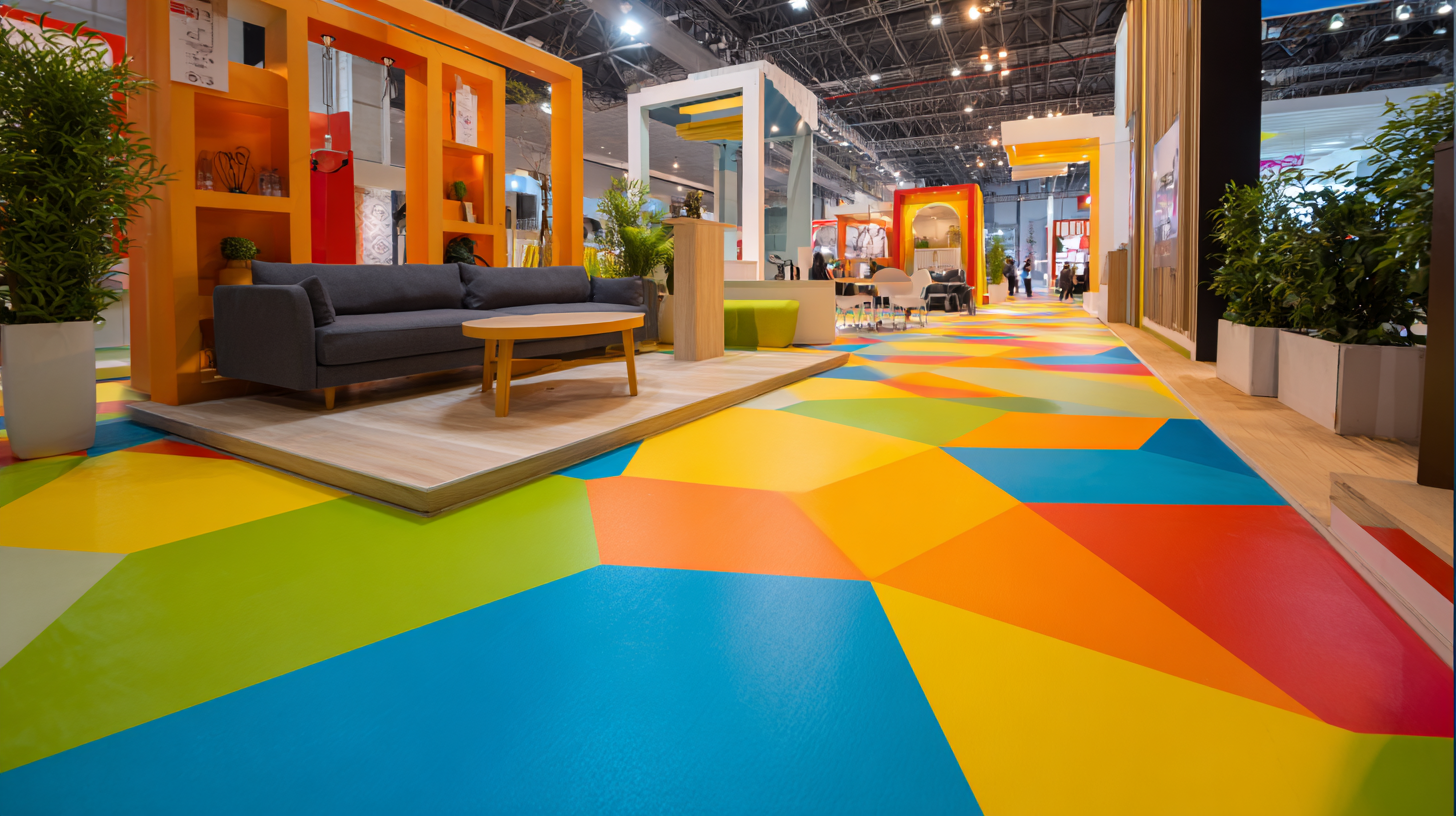
As the 138th Canton Fair approaches, the spotlight on PVC flooring innovations highlights a significant trend towards sustainability. Eco-friendly PVC flooring options are gaining traction as manufacturers increasingly prioritize environmentally responsible practices. According to a recent report by MarketsandMarkets, the global green building materials market is projected to reach $800 billion by 2027, with eco-friendly flooring solutions playing a pivotal role in this growth. This trend not only addresses consumer demand for sustainable products but also aligns with regulatory pressures on the construction industry to reduce its carbon footprint.
One notable innovation in eco-friendly PVC flooring is the use of recycled materials in production. Brands are incorporating post-consumer waste to create high-quality flooring options that do not compromise on performance or aesthetics. This aligns with the findings from a study by Smithers, which indicates that recycled content in flooring products can account for up to 30% of the total material, significantly reducing environmental impact.
**Tips:** When exploring PVC flooring options, consumers should look for certifications such as FloorScore or GREENGUARD, which ensure low emissions of volatile organic compounds (VOCs). Additionally, consider manufacturers that offer transparency in their supply chain and production practices to ensure you are choosing genuinely sustainable products.

Consumer preferences play a pivotal role in shaping the market demand for PVC flooring, especially in a rapidly evolving landscape like China. As home decor trends shift towards sustainability and functionality, consumers are increasingly drawn to PVC flooring options that offer both aesthetic appeal and eco-friendly characteristics. Innovations in design, such as realistic wood and stone finishes, are particularly appealing to homeowners seeking cost-effective yet visually striking solutions for their living spaces.
Furthermore, the focus on health and well-being in home environments has heightened awareness around flooring materials. PVC flooring that promises low VOC emissions and improved indoor air quality is gaining traction among environmentally conscious consumers. This shift reflects a broader trend where buyers not only consider the visual aspects of their flooring but also the long-term impact on their health and the planet. Understanding these dynamics is crucial for manufacturers and retailers aiming to tap into this growing market, as they must align product offerings with the evolving preferences of their target audience.
Exploring the integration of smart technology in PVC flooring solutions, the upcoming 138th Canton Fair in 2025 highlights a significant trend towards innovation in building materials. The recent phase of the Canton Fair showcased the increasing demand for eco-friendly and smart flooring options. According to a market report by Grand View Research, the global smart flooring market is projected to reach $6 billion by 2025, growing at a CAGR of 25%. This surge underscores the industry's move towards integrating advanced technologies into everyday products, including PVC flooring.
The role of smart technology in PVC flooring not only enhances user experience but also improves sustainability. Features such as smart sensors that monitor foot traffic and temperature are becoming increasingly common. These innovations contribute to energy efficiency and comfort, aligning with the growing consumer expectation for environmentally responsible products. As highlighted in industry insights, the demand for flooring solutions that incorporate smart technology is expected to continue accelerating, illustrating the critical intersection of design, functionality, and sustainability at this leading trade fair.
| Innovation Type | Key Features | Market Demand | Technological Advances | Sustainability Impact |
|---|---|---|---|---|
| Smart PVC Flooring | Integrated sensors for moisture detection | High demand in residential and commercial sectors | AI-driven monitoring systems | Recyclable materials, reduced waste |
| Luxury Vinyl Tiles (LVT) | Realistic wood and stone designs | Gaining traction in upscale renovations | Advanced printing technology | Low VOC emissions, eco-friendly |
| Waterproof Vinyl Flooring | Enhanced moisture resistance | Trend in areas prone to water exposure | Innovative waterproofing technology | Durability prolongs product lifespan |
| Eco-friendly PVC Options | Made from recycled materials | Increasing consumer preference for sustainable products | Biodegradable additive technology | Minimizes environmental footprint |

